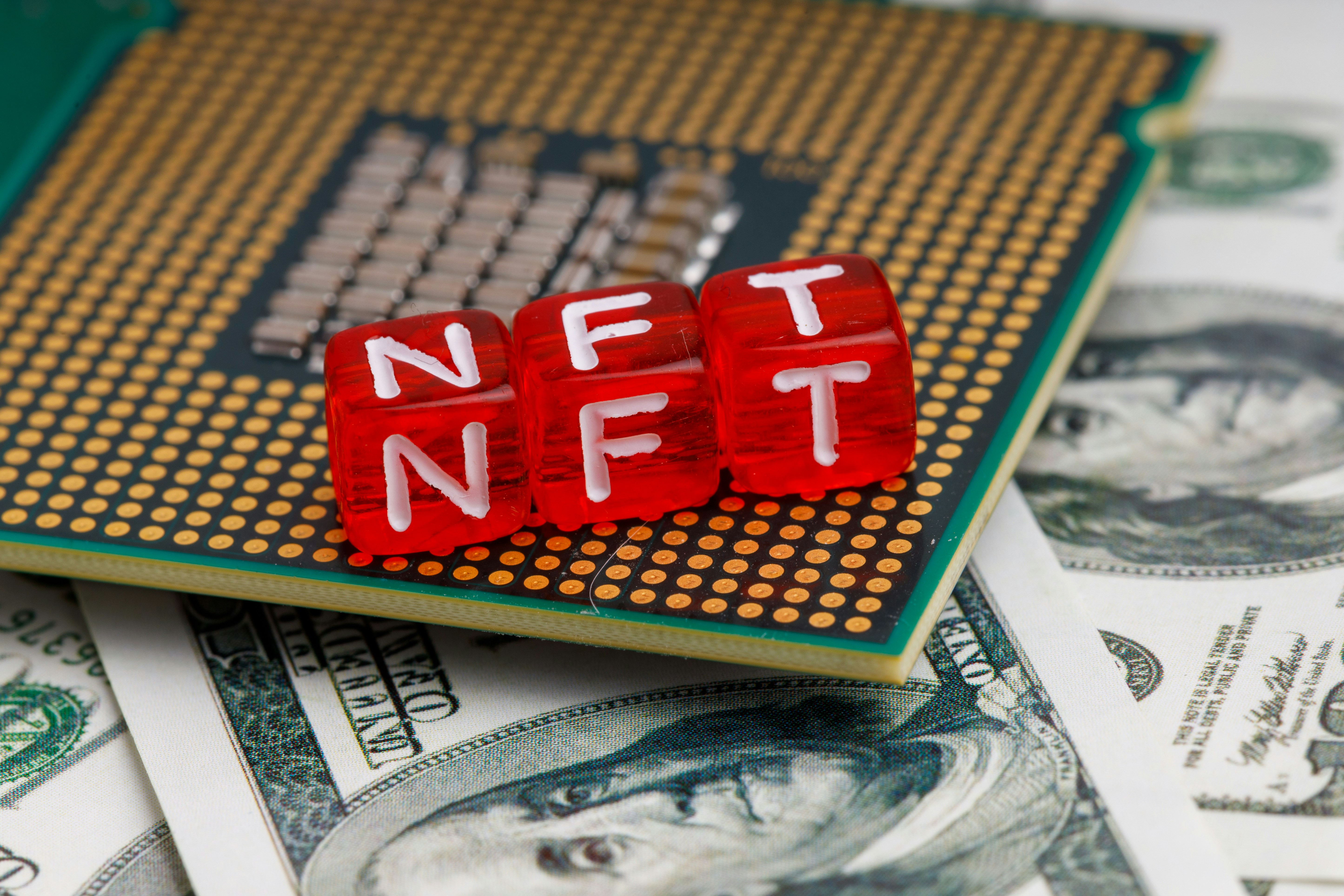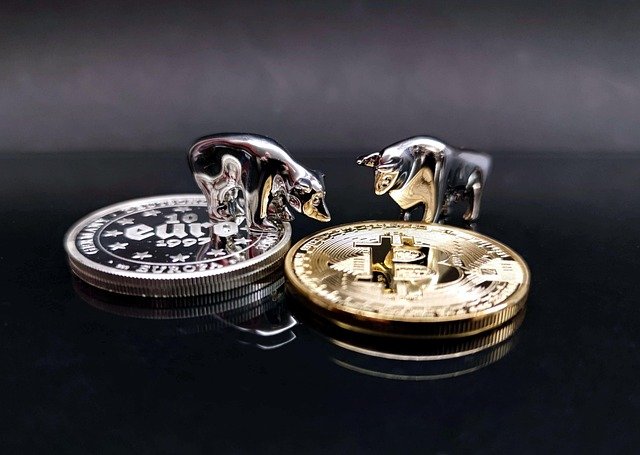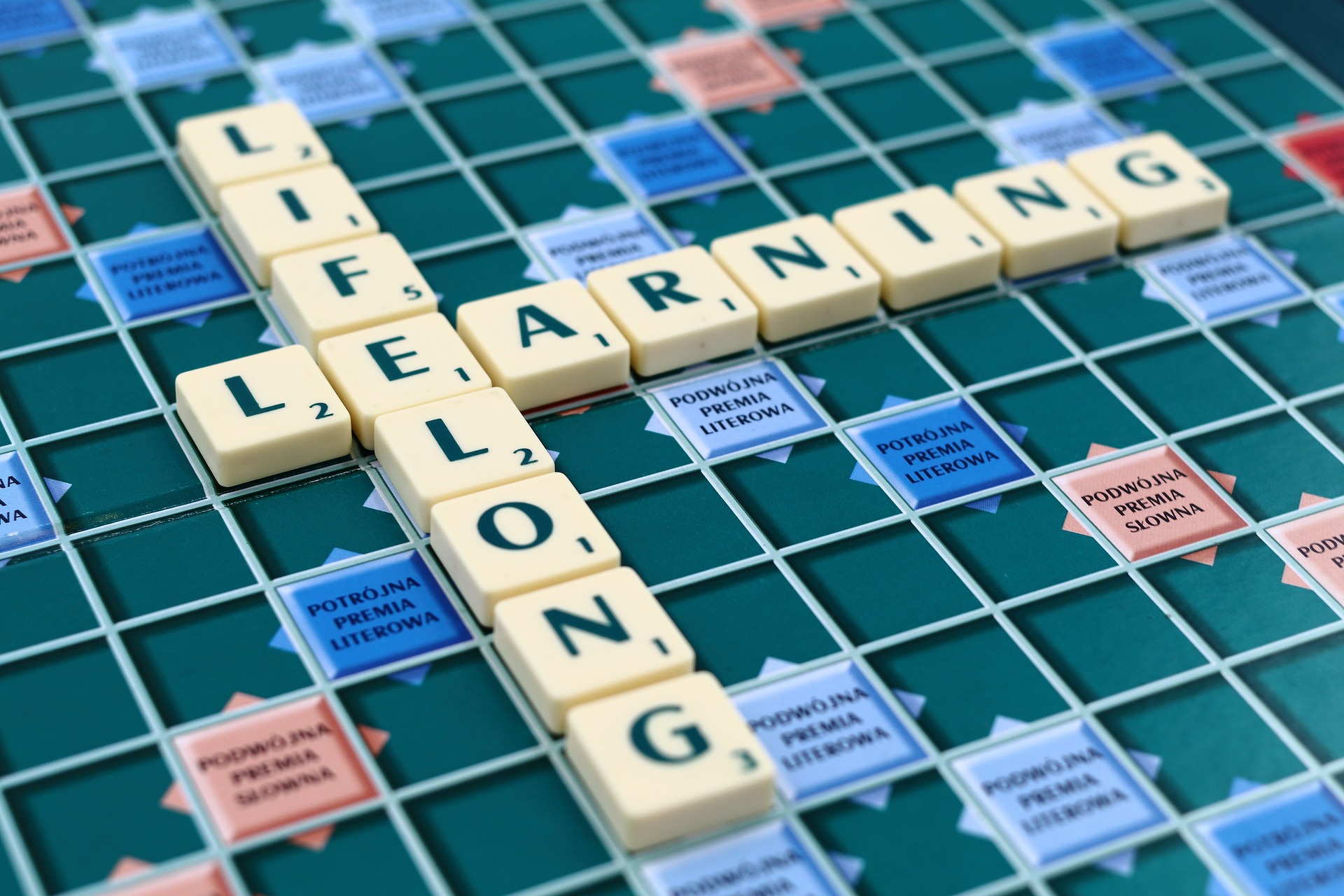The Novel Landscape of Virtual Reality in Performance Art
The mesmerizing world of performance art is being transformed by the integration of virtual reality. This fusion of technology and creativity is revolutionizing the way we experience art, creating immersive experiences that are redefining the boundaries of artistic expression.

A New Dimension in Artistic Expression
Performance art, a genre that foregrounds the body and time in the creation of live-presented artwork, has always been known for pushing the boundaries of traditional art forms. From the conceptual works of Marina Abramović to the provocative performances of Yoko Ono, artists have long used this medium to challenge audiences, disrupt conventions, and explore new frontiers of artistic expression.
In recent years, a new tool has emerged that is shifting the paradigm of performance art once again - Virtual Reality (VR). By enabling artists to create immersive, interactive environments, VR has the potential to redefine performance art by expanding the canvas beyond physical space.
The Advent of VR in Performance Art
While VR technology has been around for decades, it was primarily used in gaming and military training. It wasn’t until the mid-2010s, with the advent of more affordable, consumer-friendly VR headsets, that artists began to seriously explore its potential.
Virtual reality in performance art started as an experimental venture by a few avant-garde artists. This novel approach quickly gained momentum, and today it’s at the forefront of the contemporary art scene. In fact, major art institutions like the Museum of Modern Art in New York and the Tate Modern in London have hosted VR-based performance art exhibitions.
The Impact and Reception of VR Performance Art
The integration of VR into performance art has been met with mixed reactions. Some critics argue that it dilutes the raw, visceral experience that typifies the genre. However, proponents of VR performance art herald it as an exciting evolution that allows for the creation of immersive, multi-sensory experiences that were previously unimaginable.
While it’s true that the intimate connection between performer and audience can be altered in virtual environments, VR offers the capacity for a different kind of intimacy. Audiences can be transported into the artist’s world, engaging with the artwork in a more profound and personal way.
The Future of VR in Performance Art
While VR is still a relatively new medium in the world of performance art, its potential is enormous. As VR technology continues to advance and become more accessible, it is likely to play an increasingly prominent role in the art world.
Artists are only beginning to scratch the surface of what’s possible with VR. As they continue to experiment and push the boundaries of this technology, we can expect to see ever more innovative and immersive works of art.
In conclusion, the integration of virtual reality into performance art marks an exciting new chapter in the evolution of this genre. By offering artists a new tool to create immersive, interactive environments, VR is expanding the boundaries of artistic expression, and redefining the way we experience art. It’s a brave new world, and we’re just getting started.





